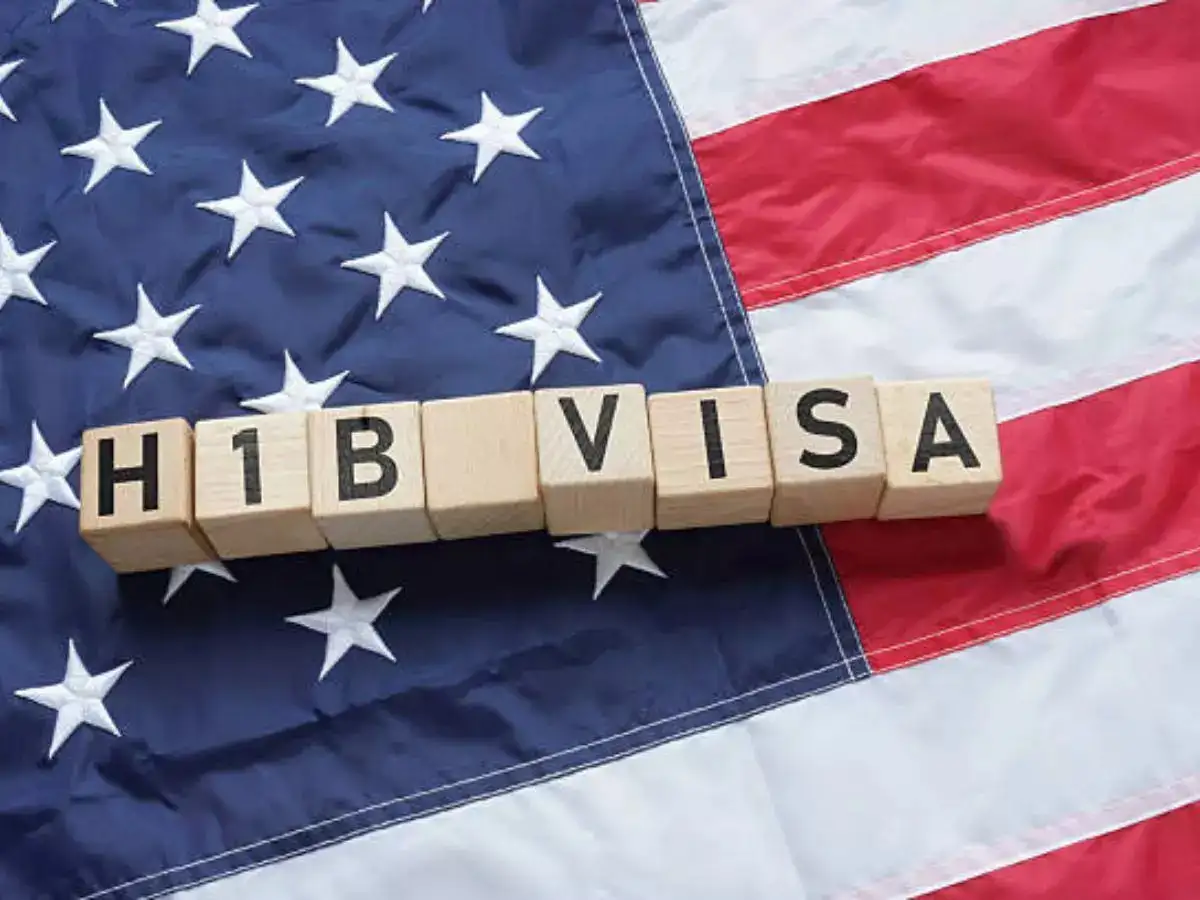Digital Nomad Visas vs. Traditional Work Visas: A Comparative Guide for Skilled Indian Professionals
For skilled Indian professionals considering international work, understanding the distinct paths of digital nomad visas and traditional work visas is crucial for aligning career goals with global mobility options.
Subscribe to our newsletter and stay informed about latest H1B news, policy updates and and other developments.
Article Summary
The article compares digital nomad visas (DNVs) and traditional work visas, outlining their features, benefits, and eligibility criteria for Indian professionals. DNVs allow remote work abroad for 6-24 months without local employer sponsorship, requiring proof of remote work and stable income. Traditional work visas, like the H-1B, necessitate local employer sponsorship and specific job qualifications, with the article suggesting DNVs are often easier to obtain for remote workers due to their streamlined application process.
Original Article: ndtv.com
[ Sentiment: neutral | Tone: factual ]
This summary and analysis were generated by TheNewsPublisher's editorial AI. This content is for informational purposes only; it does not constitute legal or immigration advice.
[ Sentiment: neutral | Tone: factual ]
This summary and analysis were generated by TheNewsPublisher's editorial AI. This content is for informational purposes only; it does not constitute legal or immigration advice.
TNP AI: Key Insights
This analysis is vital for H1B.news readers, particularly skilled professionals in India and their potential employers, as it demystifies two distinct pathways to international work. For individuals, it clarifies whether to pursue employer-sponsored visas for long-term residency or the flexibility of DNVs for remote work. For employers, it highlights the evolving landscape of global talent acquisition and the emergence of DNVs as an alternative for specific roles, potentially influencing future workforce planning strategies.
Historically, employer-sponsored work visas like the H-1B have been the primary route for skilled foreign talent in the US, often characterized by high demand, lottery systems, and extensive processing. The rise of digital nomad visas represents a significant shift, offering a less restrictive, albeit often shorter-term, alternative that bypasses traditional sponsorship requirements. While DNVs offer greater immediate flexibility, they typically do not provide a direct pathway to permanent residency, unlike many traditional work visas in countries such as Canada and Australia, which actively link skilled employment to immigration pathways. This trend suggests a growing bifurcation of global work opportunities, requiring professionals to carefully weigh short-term flexibility against long-term immigration goals.





